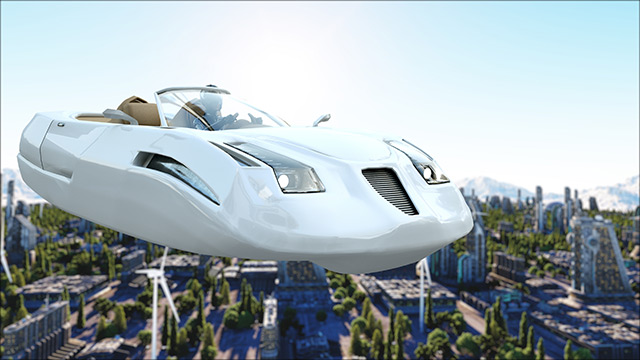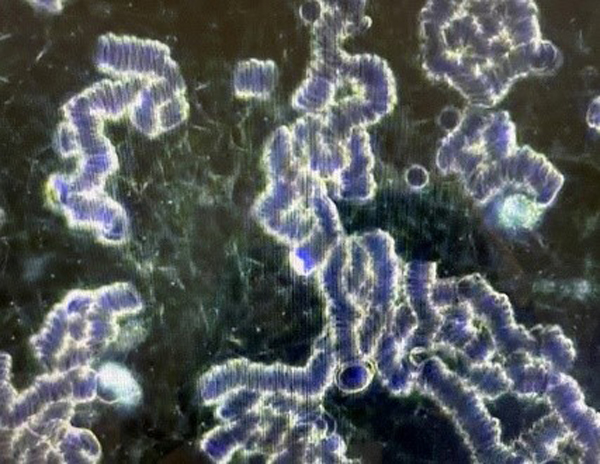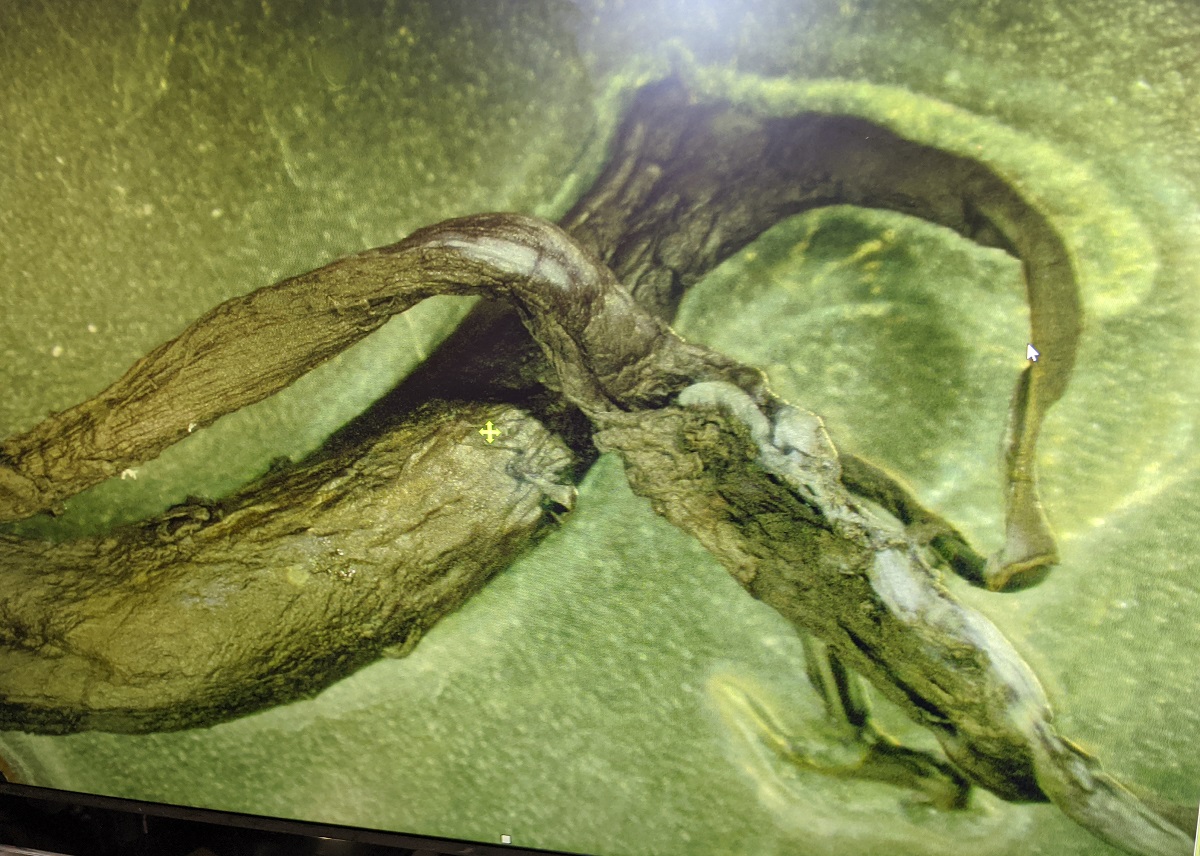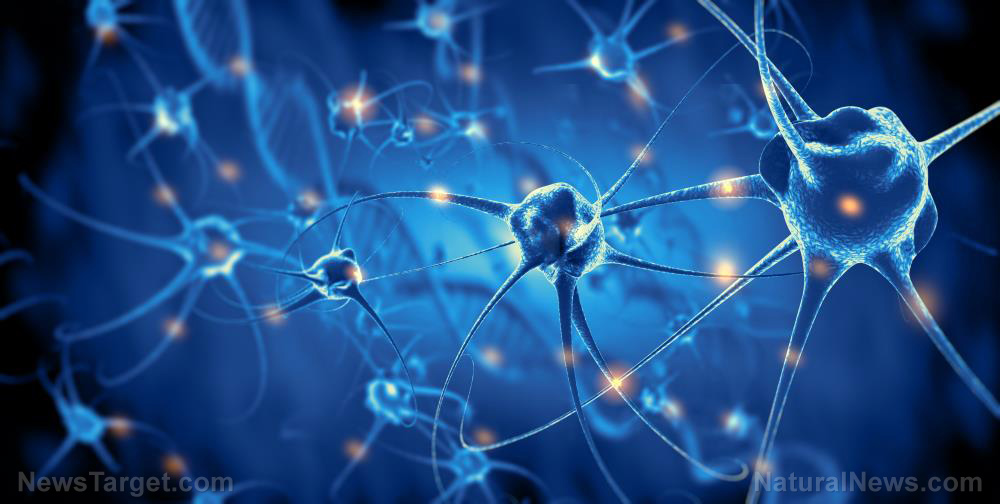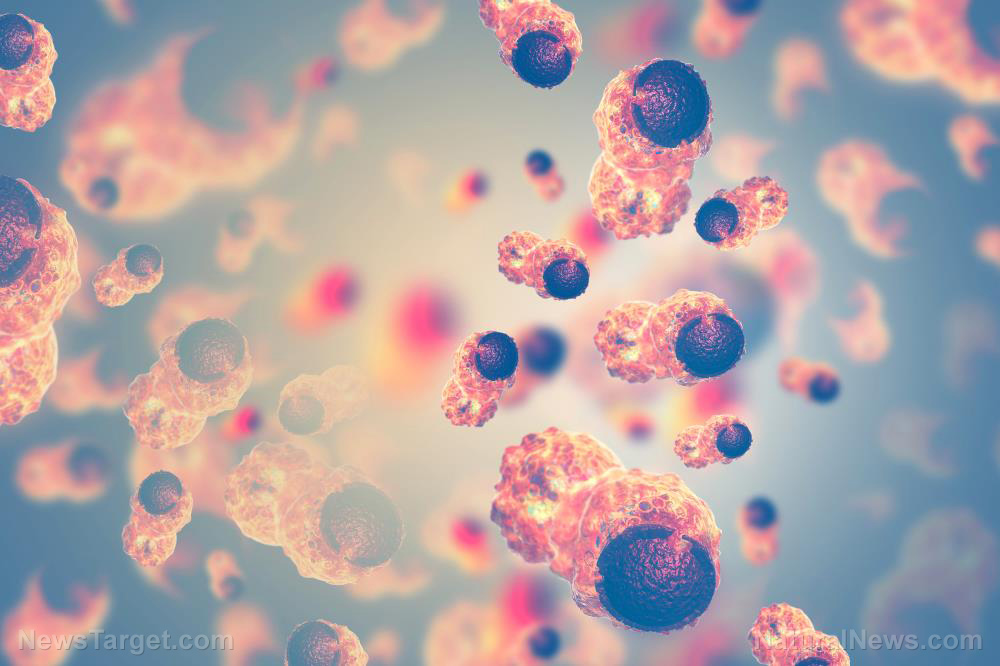Under the skin: humans develop extra muscles which vanish before birth, scientists say
11/17/2020 / By Virgilio Marin

Researchers from Howard University and the Vision Institute in Paris found that humans develop extra muscles in their hands and feet in the womb that later disappear before birth. The researchers examined images showing the initial stages of human muscle development and found that extra muscular tissues were growing weeks after conception. These tissues, as reported by the researchers in the journal Development, eventually vanished a few months into the pregnancy.
“What is fascinating is that we observed various muscles that have never been described in human prenatal development,” said lead author Rui Diogo, an evolutionary biologist and hominid paleobiologist at the Howard University College of Medicine.
Humans develop transient muscles while in the womb
It has been proposed that species evolved from a common ancestor through “descent with modification.” This idea is based on atavism, in which anatomical features that are long gone in certain species reappear during embryonic development or in adults as variations or abnormalities. For instance, the temporary tail-like structure found in human embryos is believed to be the remnant of the lost ancestral tail. On rare occasions, however, this embryonic tail can persist despite the pruning and feature well into adulthood.
Previous studies suggested that atavistic muscles can also be seen in human embryos, but it was difficult to visualize these muscles due to technological limitations at the time. Now, Diogo and his colleagues revisited these studies using an online database that contains high-quality 3D snapshots of human embryos and fetuses. The team focused on 13 images uploaded into the embryonic image database, which represents embryos and fetuses between seven and 13 gestational weeks old.
The researchers found that the hands and feet of fetuses at around the seventh week of gestation contain 30 muscles each but dwindle to just 20 around six weeks later. For instance, a hand muscle that connects to the pinky finger and pulls it down to the midline of the hand starts to degrade at around week 10 and completely disintegrates before week 11. In the feet, muscles between the metatarsal bones fully form and then break down by week nine. (Related: Research reveals: Humans have a “salamander-like regenerative capacity” to regrow cartilage in joints.)
The researchers posit that these short-lived muscles may be leftovers from the distant evolutionary ancestors of humans. These features, according to the authors, vanished more than 250 million years ago as mammal-like reptiles began to transition into more recognizable mammals. However, they can still be found in limbed animals with highly dexterous digits like lizards, which sport remarkably wiggly toes; chimpanzees, which are known for their flexible feet and others.
Atavistic muscles more common in people with developmental delays
The researchers noted that while most muscles break down or fuse into other muscles as early as week seven, some muscles were still intact well into week 11. This, according to Diogo, is strikingly late for developmental atavisms, which means that the muscles might carry over into birth instead of vanishing as normal.
The researchers posit that people that had arrested or delayed development in the womb are more likely to retain atavistic muscles. These anatomical features, according to the authors, appear to be more common in individuals with developmental delays, such as those with Down syndrome or Edwards syndrome.
The next step is to conduct a bigger study to see whether the transient muscles appear in all human embryos and what the resulting finding may mean for the evolutionary history of humans.
Developmental biologist Alain Chédotal of the Pierre and Marie Curie University in Paris, who was not part of the study, said that there might be an important but unknown mechanism responsible for the loss of the transient muscles.
“To me, the main [takeaway] is this idea that we have supernumerary muscles that are just transient, and then they are gone,” said Chédotal, who was part of the team that developed the database used in the study.
“What is inducing this disappearance of the muscles?” Chédotal added.
Read more stories about weird finds at Discoveries.news.
Sources include:
Submit a correction >>
Tagged Under:
atavism, cool science, developmental delay, down syndrome, fetus, human evolution, infant's health, muscles, pregnancy, weird
This article may contain statements that reflect the opinion of the author
RECENT NEWS & ARTICLES
COPYRIGHT © 2017 DISCOVERIES NEWS



